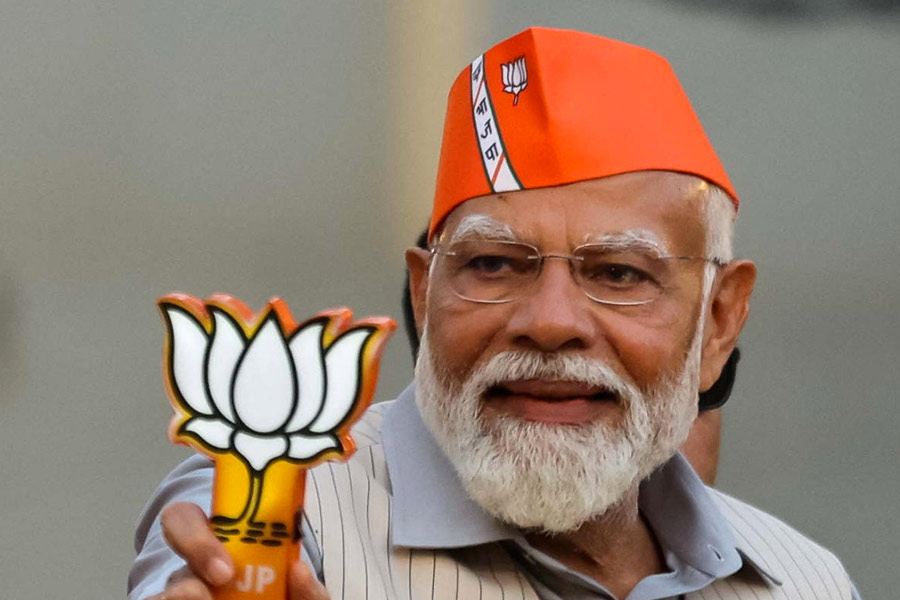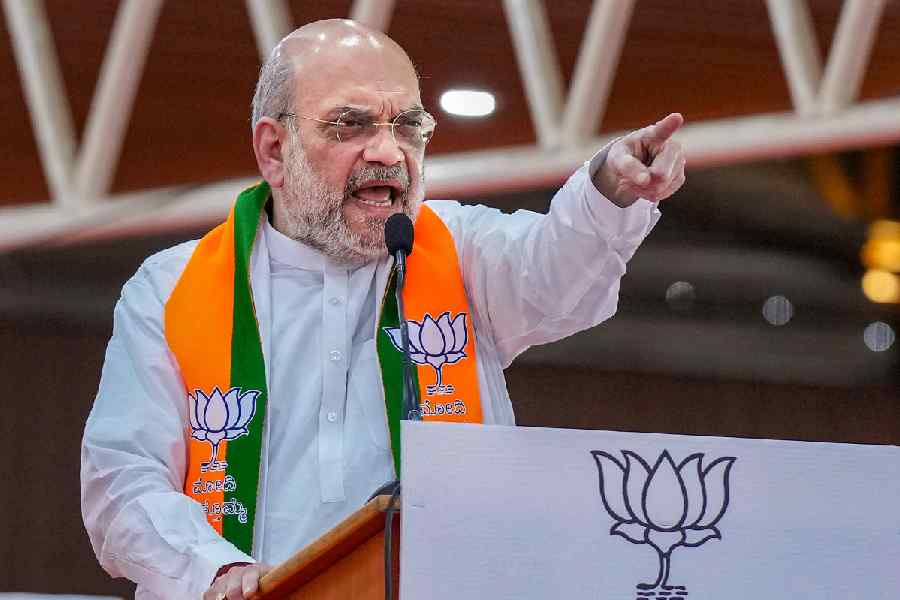Casting a vote in the upcoming general elections is the last thing on Kailash Nannaware’s mind. In Kosurla, a small village in eastern Maharashtra, miles away from the glittering financial world of Mumbai, the 33-year-old is scampering to finish the tedious online procedures for his community to harvest non-timber produce from surrounding forests. As harsh summer heralds a soaring mercury — it will soon reach 46-47°Celsius — the forest will be the only source of livelihood for villagers who do not wish to or cannot migrate long distances for work.
Nannaware belongs to the marginalised Mana community, one of the 700-plus scheduled tribes in India, and is among the few educated men in the 900-people village who can operate computers. He volunteers to prepare a time-table for the households to harvest forest offerings over the next two months and plan for their sales. He must help his people seeking work under the rural employment guarantee program, MGNREGA, get official approvals. Kosurla, which is on the fringes of the Tadoba-Andhari Tiger Reserve in Chandrapur district, is a quiet antithesis to the election euphoria on news television.
As Narendra Modi seeks a third successive term as the prime minister of India, a vast majority of the rural population, including forest dwellers and small farmers, ironically rely heavily on three Manmohan Singh-era measures for sustenance, even a decade after the former stormed to power with the grandiose promise of bringing radical transformation.
Come summer, the MGNREGA, the Forest Rights Act and the National Food Security Act become lifelines for the rural masses who struggle to cope with rain-fed, small-scale, unremunerative farming. In contrast to the growing number of Indian billionaires, the MGNREGA employs a staggering 128 million or so Indians; the FRA is a landmark legislation that recognises community rights to forests and forest-based livelihoods; and the NFSA legally entitles 75% of rural Indians and 50% of urban Indians to receive subsidised foodgrains under the targeted public distribution programme — nearly 813 million people get cheap rations under the scheme.
Modi has repeatedly derided these measures, particularly the MGNREGA, as the Congress party’s “living monument of failure”, but 10 years of his rule has only deepened the dependence of the rural masses on these measures as a series of economic missteps, starting with demonetisation, forced his government to continue with the very measures he sought to demean.
Forest fringe villages make up roughly 26% of the 6,50,000 Indian villages, according to the Forest Survey of India, 2019. They are home to 22% of the country’s population. Modi’s 10 years saw a liberal diversion of forest land towards infrastructure projects, putting greater stress on the shrinking green cover and squeezing people’s livelihoods.
Kosurla epitomises thousands of villages in central and other parts of India where Modi’s regime has not brought any tangible benefits. First-generation learners like Nannaware stand no chance of securing jobs in an economy where youths account for almost 83% of the unemployed workforce.
Close to a billion people — one-eighth of humanity — will cast their votes in the arduous, sweaty and long general election starting April 19, the results of which will be declared on June 4, and determine if Modi stays in office. Most opinion polls predict that the darling of India’s hardline, right-wing, Hindutva bandwagon faces no political challenge from the INDIA bloc of the Opposition parties. But growing unease among vast sections of the poorest, marginalised and struggling people — generally out of the purview of the Indian legacy media — leaves much uncertainty about the outcome of the elections.










